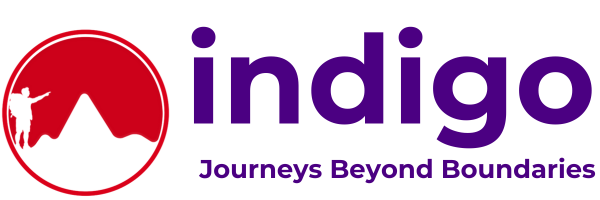There’s no place on Earth quite like Ibiza. Long known

High Atlas Tours mostly take place in the The High Atlas Mountains that are located in central Morocco which is part of the North African continent. There are three distinct sections to this mountain range. The western portion of the High Atlas Mountains stretches out from the Atlantic Ocean. This is the oldest section of the entire mountain range with a high point at Jbel Toubkal which stands at 4,167 meters. The summit can sometimes be viewed from the nearby city of Marrakech. The High Atlas Mountains in Morocco provide some of the most picturesque scenery in the world. The canyons, ravines, and gorges created from the mountain formation create an ambiance setting that is unlike any other place in the world. As the High Atlas Mountains reach the middle of Morocco, they are referred to as the Central High Atlas. This section extends between the cities of Azilal and Ouarzazate and reaches a height of 2,500 meters. This however is not the highest point of the Central High Atlas Mountains. That can be found at Jbel Mgoun which stands at a massive 4068 m high.
Discover the Majesty: High Atlas Mountain Tours from Marrakech.
Embark on an unforgettable adventure through Morocco’s High Atlas Mountains on our exclusive tours. Explore the rugged grandeur and cultural treasures of this majestic range, departing from the vibrant city of Marrakech. Our High Atlas Mountain tours offer a glimpse into Berber life, weaving through picturesque valleys, cascading waterfalls, and traditional villages. Delight in panoramic vistas and immerse yourself in authentic cultural experiences as our expert guides lead you through this enchanting landscape. Experience the essence of Morocco’s mountainous beauty and heritage on our meticulously crafted tours, promising an unforgettable journey into the heart of the High Atlas.
There’s no place on Earth quite like Ibiza. Long known
There’s something deeply evocative about stepping into a Moroccan souk.
If you’ve ever dreamed of ticking off both Europe and
If you’re dreaming of a trip that captures the essence
Was this page helpful?
Tell us what you found helpful. What were you looking for? (optional)
Please contact us if you want to chat, as we’re unable to respond to this feedback.
